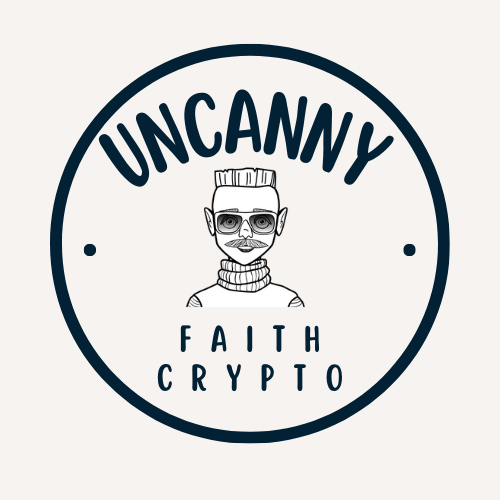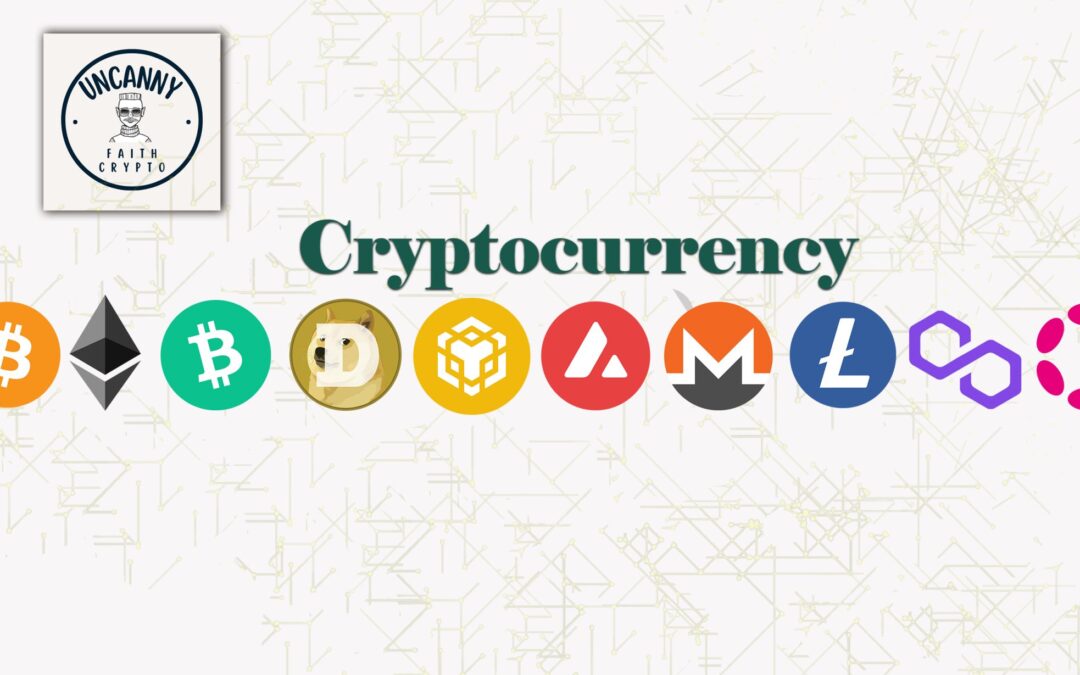The blockchain space has grown exponentially over the past decade, transforming industries and financial systems across the globe. NEAR Protocol, an innovative, developer-friendly blockchain, has consistently stood out for its scalability, user-focused approach, and transparency. As we look ahead to 2025, the evolution of NEAR Protocol promises significant implications for decentralised applications (dApps), Web3, and the broader blockchain ecosystem.
In this in-depth exploration, we’ll uncover the major trends shaping the future of NEAR Protocol over the next few years. Let’s dive in to discover how its emerging technologies, ecosystem partnerships, and user-centric strategies will define its trajectory.
What is NEAR Protocol? A Refresher for 2025 Readers
Before diving into the future, let’s quickly revisit NEAR Protocol’s purpose and advantages. NEAR Protocol is a layer-1 blockchain platform designed to overcome some of the most challenging limitations of earlier blockchain protocols—complexity, high fees, and scalability.
NEAR’s unique selling point lies in its sharding technology, specifically a design called Nightshade Sharding, which enables the network to process thousands of transactions per second (TPS) while keeping costs low. Staking, decentralisation, and developer accessibility are built into its core ethos.
As blockchain adoption becomes mainstream by 2025, NEAR remains two steps ahead, offering seamless user experiences and interoperability with other leading blockchains.
Key Trends to Watch for NEAR Protocol in 2025
The journey to 2025 will bring significant developments for NEAR Protocol and its ecosystem. Here are the biggest trends and advancements poised to shape the future:
1. Mass Adoption of Web3 on NEAR Protocol: The Gateway to Decentralisation
By 2025, blockchain adoption is expected to skyrocket, and NEAR will remain at the forefront of Web3 development. Web3—a decentralised internet where users control their data—relies heavily on scalable and user-friendly platforms, a space where NEAR excels.
NEAR’s increasing integration with Web3 tools like wallets, decentralised finance (DeFi) platforms, and NFT marketplaces is shortening the gap between blockchain enthusiasts and the mainstream audience.
- Key Example: NEAR’s wallet system is already recognised for being user-friendly, and by 2025, enhanced wallets with built-in fiat-to-crypto conversions could further simplify onboarding.
- Insight: Expect NEAR to serve as a “gateway to Web3,” particularly for industries like gaming, content creation, and social media, which are ripe for decentralisation.
NEAR addresses a pain point many potential Web3 users face: complexity. Its commitment to user-friendly frameworks will make decentralised apps feel intuitive, boosting adoption.
2. DeFi Expansion: NEAR’s Role in the New Financial Era
Decentralized Finance (DeFi) has already proven transformative, and by 2025, it will likely rival traditional financial systems in functionality. NEAR’s emphasis on low transaction costs and speed positions it as one of DeFi’s key building blocks.
Upcoming trends and innovations include:
- Cross-chain liquidity: NEAR knows that interoperability with Ethereum, Binance Smart Chain, and other networks is crucial. Bridges like Aurora and Rainbow Bridge enable NEAR to integrate seamlessly with other top blockchains.
- Stablecoins on NEAR: We are already seeing USD-pegged stablecoins gaining traction, and this trend is poised to strengthen by 2025. Stablecoins bring financial stability to crypto transactions, enabling global users to avoid crypto price volatility.
- Decentralised Exchanges (DEXs) powered by NEAR are likely to evolve dramatically in terms of low fees and improved liquidity pools.
The accessibility, speed, and security offered by NEAR will make it a top choice for DeFi developers and investors alike.
3. Ethereum Compatibility and Cross-Chain Integration
In the multichain future of 2025, interoperability will reign supreme. With the success of bridges such as Aurora, NEAR Protocol has positioned itself as both a complement and a competitor to Ethereum.
NEAR vs Ethereum: While Ethereum remains a dominant force in the blockchain space, NEAR’s innovative sharding mechanism solves many of Ethereum’s pain points, such as high transaction fees and scalability issues.
- By 2025, expect to see even more projects leveraging NEAR for less expensive operations while maintaining Ethereum compatibility. Projects built on Ethereum will seamlessly integrate with NEAR’s infrastructure, benefiting from the latter’s efficiency.
- Prediction: NEAR-Dapps will cater to Ethereum users seeking faster, cheaper alternatives without migrating from Ethereum entirely.
4. Developer-Centric Growth
NEAR was designed with developers in mind. The protocol offers access to easy-to-use tools and programming languages (such as Rust and AssemblyScript), which greatly lower entry barriers for blockchain development.
In 2025, expect a global surge in developer activity within the NEAR ecosystem as blockchain technology penetrates education systems, institutions, and emerging markets. NEAR’s Fund initiatives, hackathons, and grants have already attracted innovative projects, and this efficiency will only strengthen leading up to 2025.
- Key Insight: Developer innovation shapes blockchain ecosystems. NEAR, with its beginner-friendly software development kits (SDKs), will become the first choice for new startups seeking both technical support and blockchain-native solutions.
Think of NEAR as the "WordPress" for blockchain developers—many will turn to its user-friendly tools to build their projects effortlessly.
5. Sustainability and Green Blockchain Solutions
One of NEAR Protocol’s underrated advantages is its focus on being a climate-neutral blockchain. With energy consumption becoming a serious consideration for blockchain networks, sustainability will become even more critical by 2025.
NEAR Protocol’s Proof-of-Stake (PoS) consensus mechanism is not only faster and more cost-efficient than Proof-of-Work (PoW) blockchains like Bitcoin but also much more environmentally friendly. As global regulatory frameworks tighten regarding energy consumption, NEAR’s environmentally conscious stance will set it apart as a preferred sustainable blockchain solution.
6. Growth of the NFT and Metaverse Ecosystem on NEAR
Non-fungible tokens (NFTs) have reshaped how we think about ownership, art, and gaming. NEAR Protocol provides an efficient home for NFT projects thanks to its low fees and high-speed transactions.
By 2025:
- Expect NEAR’s NFT marketplaces to compete on par with Ethereum-based ones such as OpenSea and Blur.
- Gaming and Metaverse: The gaming industry will likely embrace NEAR due to its ease of use and developer-first design. Blockchain-based metaverse platforms backed by NEAR’s infrastructure will allow seamless virtual economies to flourish.
As we spend more time in virtual worlds, NEAR will undoubtedly power blockchain-based ecosystems that underlie the metaverse’s economy.
7. Regulatory Compliance and Institutional Adoption
In 2025, all major blockchain platforms will face increased scrutiny from regulators worldwide. NEAR’s transparency and robust governance mechanisms ensure compliance without sacrificing decentralisation.
Institutional involvement in blockchain is already growing, and NEAR’s PoS model makes it appealing for enterprises seeking to explore blockchain without environmental backlash. Supply chain management, identity verification, and financial services will all benefit from NEAR-powered solutions—expect pilot projects to scale dramatically over the next two years.
Why NEAR Protocol has a Competitive Edge
NEAR has several unique features that distinguish it from its competitors:
- Low transaction fees: Expect these to remain stable, drawing cost-conscious users by 2025.
- Scalable sharding: Already efficient, NEAR’s sharding upgrades will enable seamless handling of millions of users.
- User-friendly design: NEAR’s onboarding process is so simple that even non-technical users can navigate it effortlessly.
Unlike Ethereum, which struggles with high fees during peak demand, NEAR provides a smoother, more affordable experience, critical as mass adoption accelerates.
FAQs: Your 2025 Guide to NEAR Protocol Trends
1. What makes NEAR Protocol unique in 2025?
NEAR stands out because of its user-friendly approach, low fees, sustainability focus, and efficient scaling via sharding—features that simplify Web3 adoption.
2. Can NEAR compete with Ethereum?
While Ethereum dominates smart contracts, NEAR’s speed, cost efficiency, and bridges like Aurora make it a strong competitor and complement.
3. Is NEAR Protocol eco-friendly?
Yes, NEAR Protocol is climate-neutral due to its PoS model, which significantly reduces energy consumption compared to Bitcoin and other PoW networks.
4. What industries could NEAR disrupt by 2025?
NEAR has applications in gaming, DeFi, supply chain, content creation (via NFTs), and finance, making it a versatile blockchain for various industries.
Conclusion: NEAR’s Prosperous Path to 2025 and Beyond
As the blockchain landscape evolves, NEAR Protocol is well-positioned to solidify its role as a leading force in the industry. From scaling Web3 adoption to revolutionising the NFT space and championing eco-conscious blockchain practices, NEAR stands out as a platform where innovation and scalability merge seamlessly. By prioritising both user experience and technical excellence, NEAR is not just surviving the blockchain race; it’s thriving in it.
For businesses, developers, or anyone keen on the blockchain space, keeping a pulse on NEAR Protocol in 2025 will be crucial to understanding how the future unfolds.

